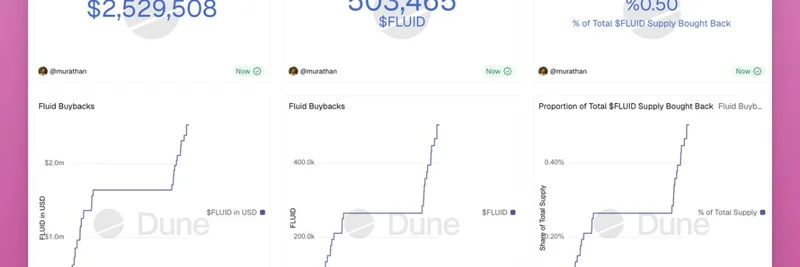Hey there, crypto enthusiasts! If you’ve been scrolling through X lately, you might have stumbled upon a fiery debate that’s got the blockchain community buzzing. On August 9, 2025, Justin Drake, a well-known figure in the Ethereum ecosystem, dropped a bold post (@drakefjustin/status/1954117567921922178) claiming Ethereum has hit an "economic security all-time high" (ATH) and is poised for a "10x flippening" over Bitcoin. Let’s break this down and see what’s fueling the fire!
The Numbers Behind the Claim
Drake’s post is packed with stats that paint Ethereum as the heavyweight champ of security. He calculates Ethereum’s economic security at $150 billion, based on 35.7 million ETH valued at $4,200 per ETH. Compare that to Bitcoin’s $15 billion, derived from 1 billion terahashes per second (TH/s) at $15 per TH/s, and you’ve got a stark contrast. Ethereum’s numbers come from its proof-of-stake (PoS) model, where validators lock up ETH to secure the network, while Bitcoin relies on proof-of-work (PoW), where miners compete using computational power.
For those new to this, PoS means Ethereum’s security is tied to the value of staked ETH, which grows as the network scales. PoW, on the other hand, depends on mining rewards and fees, which Drake argues are dwindling. This shift is a big deal—Ethereum moved to PoS in 2022 (ethereum.org), making it more energy-efficient and secure compared to Bitcoin’s energy-hungry PoW.
Why Ethereum’s Security Stands Out
Drake isn’t just throwing numbers around—he’s highlighting Ethereum’s strengths. With 100% uptime, a diverse range of clients, 8,000 consensus participants, and "massive slashable economic security," he calls Ethereum the "embodiment of security" with "no second best." Slashable security means validators can lose their staked ETH if they misbehave, adding a layer of accountability that PoW lacks. This setup has helped Ethereum maintain stability and attract developers, especially with upgrades like the upcoming Pectra update in 2025 (vaneck.com).
Bitcoin, while pioneering, faces challenges. Drake points to halvings—events every four years that cut miner rewards in half—as a threat to its security budget. With transaction fees making up just 1% of miner revenue, he warns that Bitcoin’s network could weaken over time, a concern echoed in analyses like the one on Medium (medium.com).
The Challenge to Michael Saylor
Here’s where it gets spicy! Drake calls out Michael Saylor, the Bitcoin maximalist and MicroStrategy CEO, with an open debate invite. He argues that Bitcoin’s fundamentals can’t keep up with Ethereum’s, especially with halvings gutting its security budget. The X thread exploded with support—users like @sassal0x and @LennaertSnyder cheered Drake on, with some even speculating if Ethereum could overtake Bitcoin this cycle.
Saylor hasn’t responded yet, but the crypto world is watching. This debate isn’t just about numbers—it’s a clash of philosophies: Bitcoin as "digital gold" versus Ethereum as a programmable, scalable platform for the future (investopedia.com).
What This Means for Meme Tokens and Beyond
At Meme Insider, we’re all about keeping you in the loop on how these big-picture shifts affect the meme token space. Ethereum’s robust security could boost confidence in DeFi and NFT projects—many meme tokens live on Ethereum or its layer-2 solutions. A stronger Ethereum might mean more room for innovation, while Bitcoin’s focus on scarcity keeps it a store of value, less tied to the meme craze.
So, what do you think? Will Drake’s challenge spark a game-changing debate? Drop your thoughts in the comments, and stay tuned to meme-insider.com for the latest updates on this epic crypto showdown!


